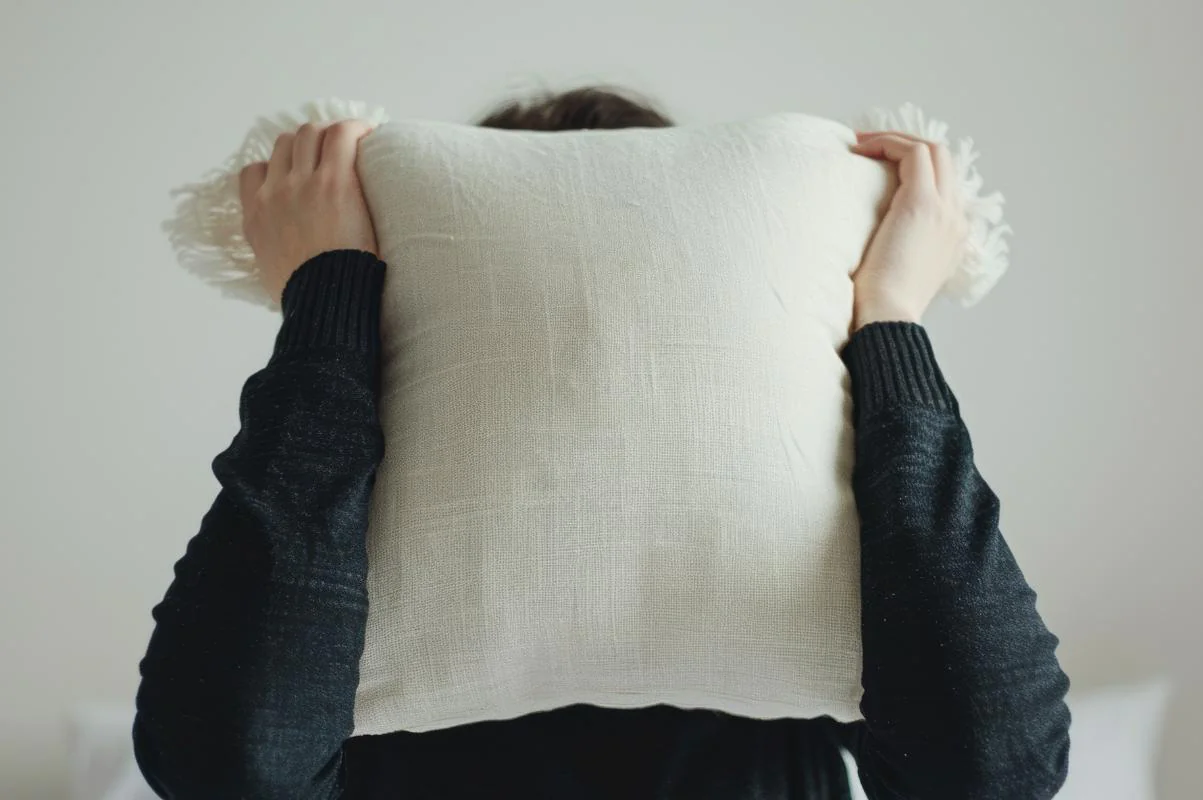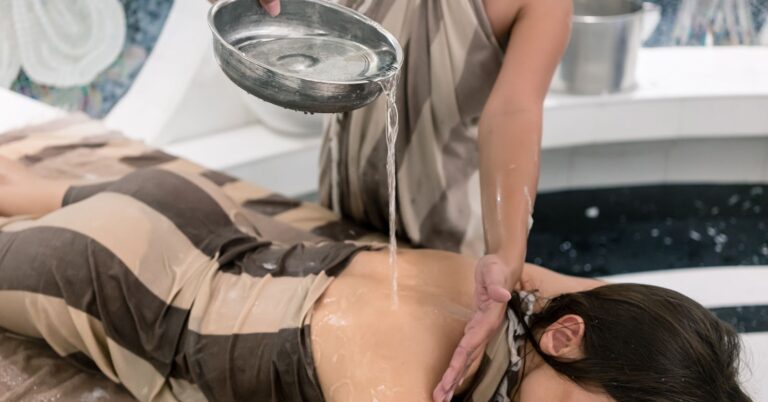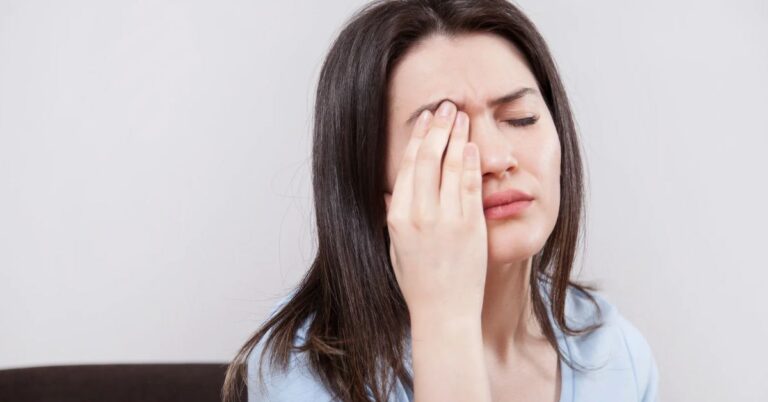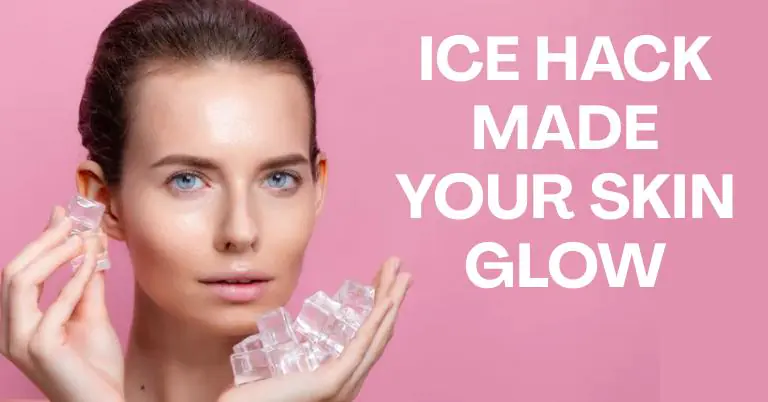How Your Pillowcase Is Secretly Helping Your Acne (How I Fixed It For Good!)
If you’re battling persistent acne, even after trying all the skincare products, your pillowcase might be the sneaky culprit you’re not even aware of. It’s a subtle trigger that often goes unnoticed but can cause inflammation and clogged pores. In this post, I’ll share how i fixed my acne for good after discovering the connection between my pillowcase and my ongoing acne and the simple changes I made to fix it.
How Can a Pillowcase Cause Acne?
1. Your Pillowcase Is Dirtier Than You Think
Your pillowcase comes into constant contact with your face during the night, even though it may seem harmless. This soft surface gradually absorbs dust mites, oil, perspiration, dead skin cells, hair products, and skincare residue. If you sleep on the same side every night, this can lead to clogged pores, inflammation, and acne by creating a breeding ground for bacteria. Dermatologists refer to this type of acne, caused by pressure, heat, and friction against the skin, as acne mechanica. Your pillowcase contributes to all three factors that exacerbate acne mechanica.
2. Signs Your Pillowcase Might Be Causing Acne
If any of these sound familiar, your pillowcase could be the culprit:
- You sleep on the same side every night and acne break out mostly on that cheek.
- Your acne seems resistant to skincare products.
- You notice new pimples within a day or two of washing your hair or applying heavy face creams at night.
- Your pillowcase feels oily or looks stained between washes.
How I Fixed It: Simple Changes That Helped My Skin
1. Switched to a Clean Pillowcase Every 2–3 Days
The largest game-changer was this. I began switching up my pillowcases every two to three nights. Within a week, there was a discernible change. To ensure I never run out, I now keep a little stack of clean ones in my drawer.
2. Upgraded to a Silk Pillowcase
Cotton can trap oils and be abrasive. Pillowcases made of silk or satin are smoother, more breathable, and less likely to absorb bacteria and products. My pillowcase is made entirely of mulberry silk, which feels opulent and has lessened skin irritation and friction.
3. Avoided Sleeping With Wet Hair
Moisture and hair product residue are transferred to your pillow by wet hair. Before going to bed or, if I had to lie down early, using a microfiber towel, I started to completely dry my hair. This reduced the amount of oil from my scalp that got on my face.
4. Washed Pillowcases With Gentle Detergent
I stopped using fabric softeners and detergents with strong scents because they can irritate delicate skin. To ensure that no residue is left behind, I use a hypoallergenic, fragrance-free detergent and, whenever possible, double rinse.
If you suffer from back acne also read, The $2 Soap That Cleared My Back Acne in 1 Week.
Additional Tips to Prevent Acne from Pillowcases
- Don’t touch your face after lying down — your hands can transfer bacteria from the pillow to your skin.
- Use a pillow protector underneath your pillowcase for an extra layer of defense.
- Clean your face thoroughly before bed, even if you didn’t wear makeup.
- Avoid thick nighttime creams unless you know they’re non-comedogenic.
- Keep pets off your bed if you’re prone to acne—they bring extra oils, fur, and bacteria into the mix.
Conclusion
The good news is that if your pillowcase is causing your acne, there’s an easy solution. By changing your pillowcase more frequently, using silk or other skin-friendly materials, and avoiding harsh detergents, you can significantly reduce breakouts that occur while you sleep. This often overlooked aspect of your skincare routine can help you achieve clear, healthy skin.






